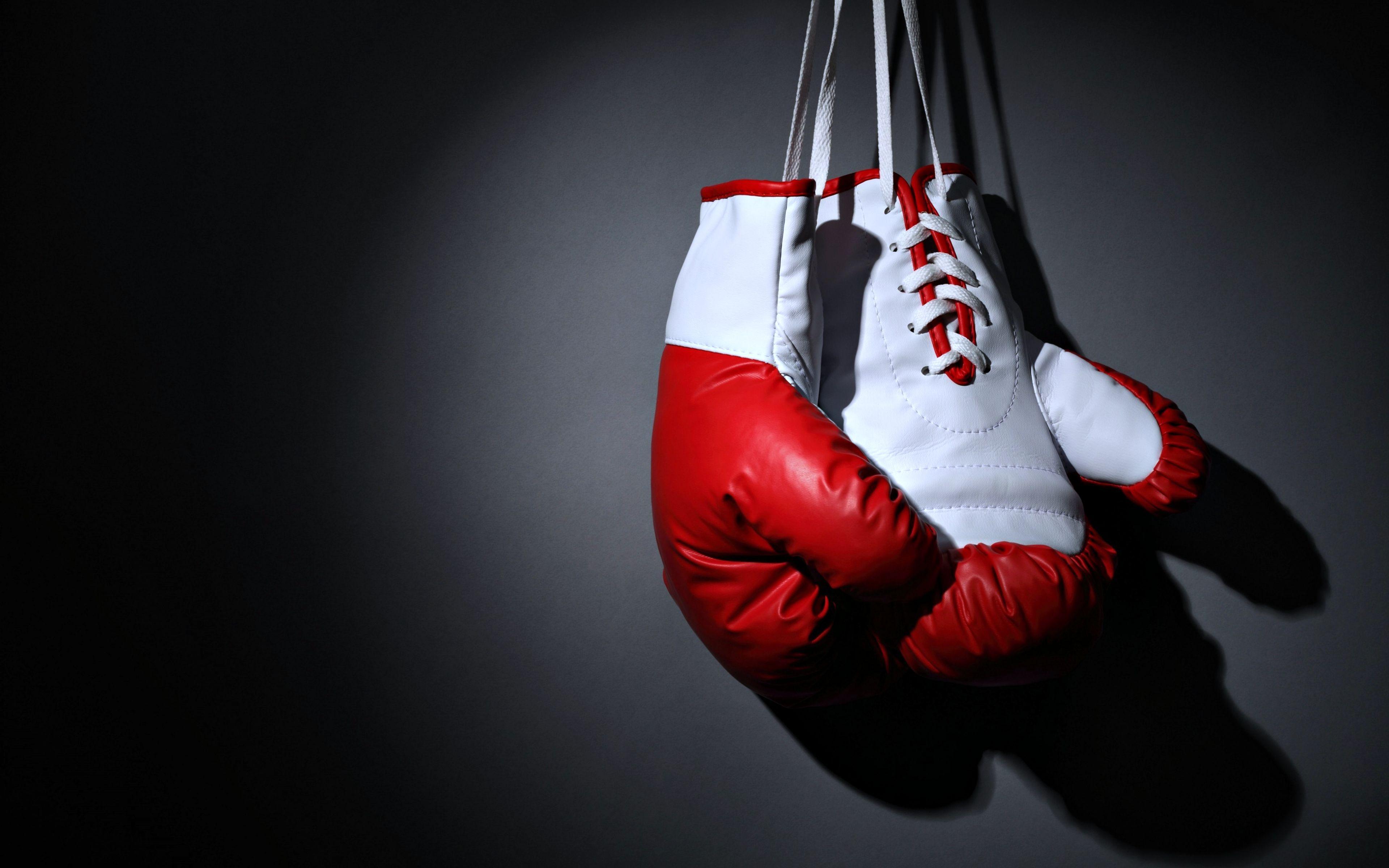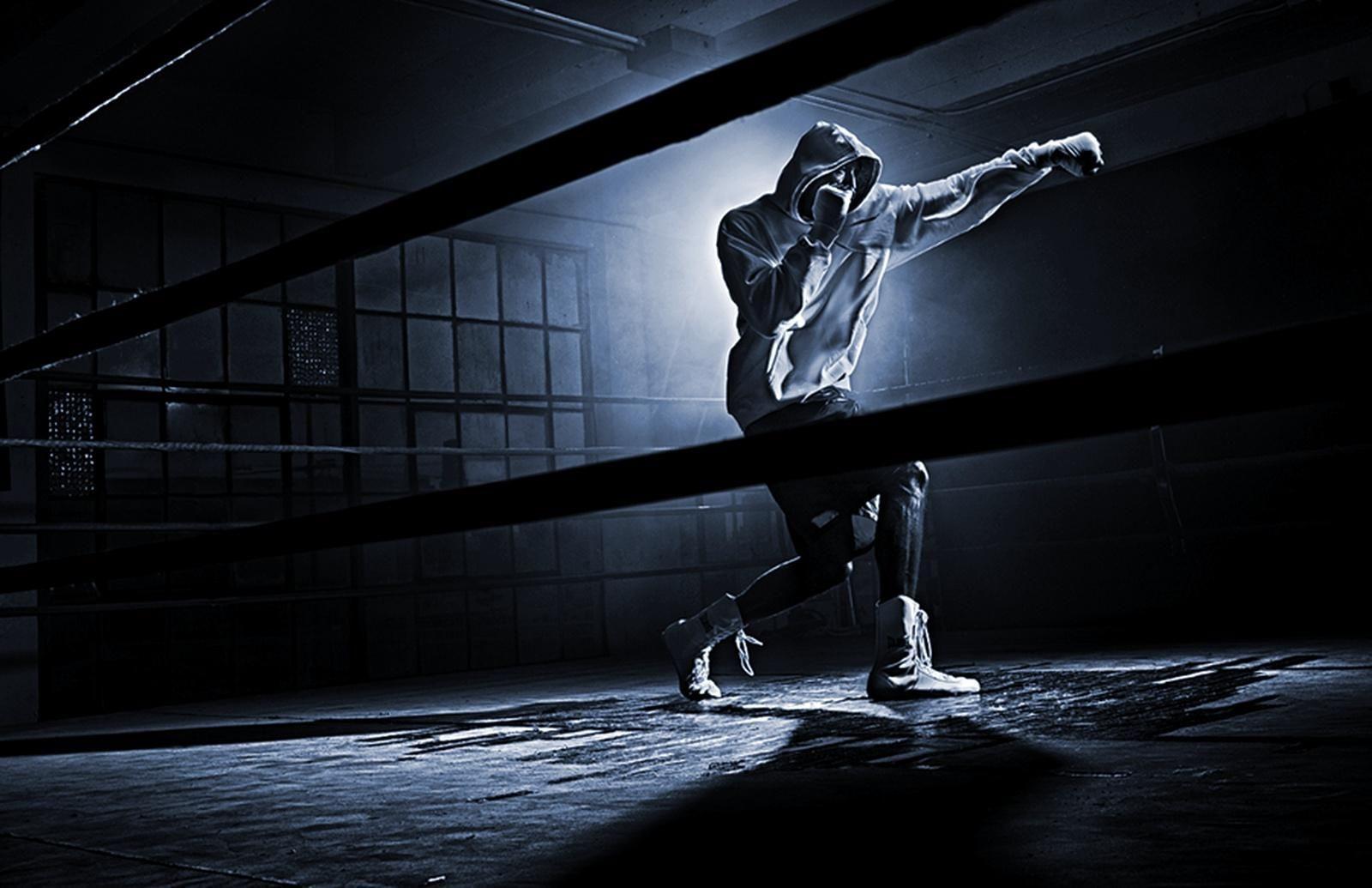Historical Moments in Boxing

Boxing wallpaper – Boxing, an ancient combat sport, has witnessed numerous iconic matches that have shaped its legacy. From the bare-knuckle brawls of the 18th century to the modern era of sophisticated technique, boxing has evolved significantly, showcasing the skill, determination, and resilience of its practitioners.
Chronological Timeline of Iconic Matches
- 1743: Jack Broughton vs. George Stevenson – This match established the first set of boxing rules, known as Broughton’s Rules.
- 1892: James J. Corbett vs. John L. Sullivan – Corbett’s victory over Sullivan marked the transition from bare-knuckle to gloved boxing.
- 1910: Jack Johnson vs. James J. Jeffries – Johnson’s victory over Jeffries was a landmark moment, breaking the color barrier in boxing.
- 1971: Joe Frazier vs. Muhammad Ali (Fight of the Century) – This epic three-bout rivalry defined the golden era of heavyweight boxing.
- 1986: Mike Tyson vs. Trevor Berbick – Tyson’s knockout of Berbick made him the youngest heavyweight champion in history.
- 2015: Floyd Mayweather Jr. vs. Manny Pacquiao (Fight of the Century) – This highly anticipated bout was the richest boxing match ever held.
Evolution of Boxing Techniques and Strategies
Over the centuries, boxing techniques and strategies have evolved to maximize efficiency and effectiveness.
- Bare-knuckle era: Bouts were brutal and often resulted in severe injuries. Fighters relied on strength and endurance.
- Gloved era: Gloves provided protection, allowing for longer and more technical matches. Boxers developed jabs, hooks, and uppercuts.
- Modern era: Training methods and nutritional science have enhanced boxer’s physical capabilities. Techniques such as footwork, head movement, and combination punching have become essential.
Influential Boxers and Their Contributions
Numerous boxers have left an indelible mark on the sport, shaping its techniques and inspiring generations.
- Jack Dempsey: Known for his devastating punching power, Dempsey revolutionized heavyweight boxing.
- Sugar Ray Robinson: Robinson’s exceptional footwork and technical brilliance earned him the title of “pound-for-pound” king.
- Muhammad Ali: Ali’s charisma, athleticism, and social activism made him a global icon.
- Manny Pacquiao: Pacquiao’s speed, power, and versatility have made him one of the most successful boxers of all time.
- Floyd Mayweather Jr.: Mayweather’s defensive prowess and undefeated record have cemented his legacy as one of the greatest boxers ever.
Techniques and Styles in Boxing: Boxing Wallpaper

Boxing is a complex and demanding sport that requires a combination of physical and mental skills. At the heart of boxing lie fundamental techniques and diverse styles that shape a boxer’s approach to the ring.
Footwork
Footwork is the foundation of boxing, enabling boxers to move swiftly and strategically around the ring. It involves mastering footwork patterns such as the shuffle, slide, and pivot, which allow boxers to maintain balance, control distance, and evade opponents’ attacks.
Punching
Punching is the primary means of offense in boxing. Boxers must master a variety of punches, including the jab, cross, hook, and uppercut. Each punch has its unique trajectory, power, and purpose, and boxers must learn to combine them effectively to create potent combinations.
Defense, Boxing wallpaper
Defense is crucial in boxing, as it enables boxers to protect themselves from their opponents’ attacks. Defensive techniques include blocking, parrying, slipping, and rolling. Boxers must develop a keen eye and quick reflexes to anticipate and neutralize incoming punches.
Boxing Styles
Boxing styles are diverse and reflect the individual strengths and preferences of each boxer. Some common styles include:
- Orthodox: A style characterized by a right-handed stance with the left foot forward. Orthodox boxers typically lead with their jab and favor power punches with their right hand.
- Southpaw: A style characterized by a left-handed stance with the right foot forward. Southpaw boxers possess an advantage in countering orthodox opponents and often use their left hook as a potent weapon.
- Slugger: A style known for its emphasis on power punching. Sluggers typically have heavy hands and rely on brute force to overwhelm their opponents. However, they may lack finesse and mobility.
The choice of boxing style depends on a boxer’s physical attributes, personality, and training. Each style has its strengths and weaknesses, and boxers must adapt their approach based on their opponent’s style and the fight’s dynamics.
Boxing as a Form of Art and Entertainment

Boxing transcends the realm of mere sport, embodying a captivating blend of artistry and entertainment. Its intricate choreography, rhythmic footwork, and expressive physicality elevate it to the level of a captivating spectacle.
Within the ring, boxers engage in a graceful dance, their movements akin to a carefully orchestrated ballet. Every jab, cross, and hook is executed with precision and fluidity, creating a mesmerizing display of athleticism.
Role in Popular Culture
Boxing has left an indelible mark on popular culture, captivating audiences through its portrayal in film, television, and music. From the iconic “Rocky” franchise to the groundbreaking “Million Dollar Baby,” boxing has inspired countless cinematic masterpieces.
In the realm of music, boxing has served as a potent muse, with countless songs paying homage to its allure. From Muhammad Ali’s “The Greatest” to Bob Dylan’s “The Hurricane,” boxing has provided a rich tapestry for musical expression.
Impact on Society
Beyond its entertainment value, boxing has played a significant role in shaping society. It has empowered individuals from marginalized backgrounds, fostering resilience and discipline. Moreover, boxing has promoted physical fitness and healthy lifestyles, instilling a sense of community and camaraderie.
The cultural significance of boxing lies in its ability to transcend boundaries, uniting people from diverse backgrounds. It is a testament to the enduring human spirit, a celebration of courage, determination, and the pursuit of excellence.